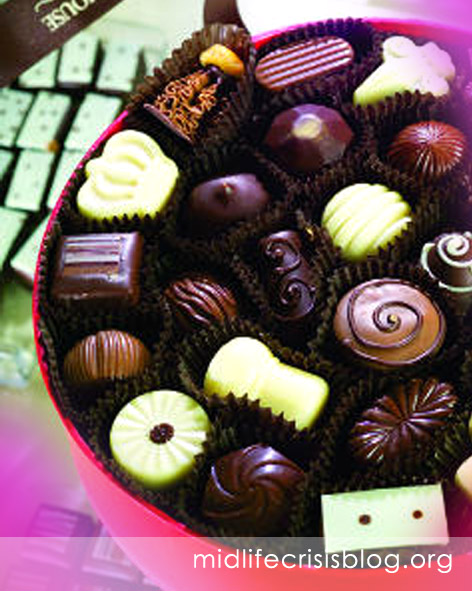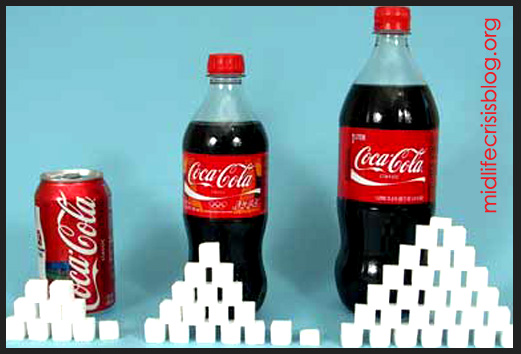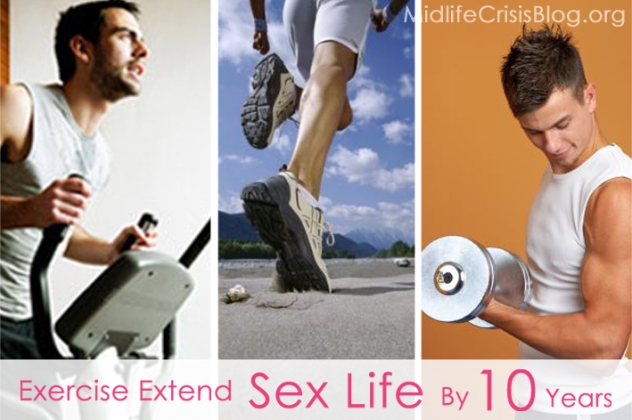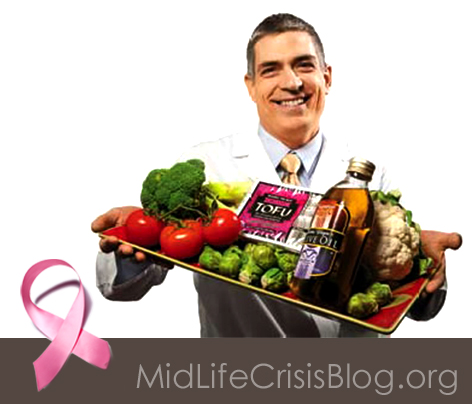Ringo: Great Form Facing 70
 With a new album, an enduring and happy marriage, and a zest for life that’s the envy of many 30-year-olds, Ringo Starr enters his 70th year with high spirits.
With a new album, an enduring and happy marriage, and a zest for life that’s the envy of many 30-year-olds, Ringo Starr enters his 70th year with high spirits.
He’s the eldest of the famous Beatles – he will hit his 70-year milestone on July 7 – and he’s got the newest music.
He’s not missing a beat as he embarks on a three-week promotional tour for his just-released Y Not album, his 15th solo outing on which fellow Beatle Paul McCartney plays bass on the song ‘Peace Dream’.
And he plans to mark his 70th by flashing a two-fingered peace sign at noon and playing an evening gig at Radio City Music Hall as part of a summer tour with his latest All-Starr band.
Last year on the Larry King Show, Starr noted: “I work out. I have a trainer. And I watch what I eat. That’s it really. And I’m in love with a beautiful girl, so it keeps me young.”
Turning 40 was Harder
And as he told Randy Lewis of the Los Angeles Times, 70 is “not as big as 40 was. Forty was: ’Oh, God, 40!
“There’s that damn song, ‘Life Begins at 40.’ No, it’s not so big anymore. I am nearly 70, and I’d love to be nearly 40, but that’s never going to happen.
“I feel the older I get, the more I’m learning to handle life,”
Notes Lewis: “His charming Liverpudlian accent is nearly as strong as ever, even though he’s maintained a home in Los Angeles for the last 34 years — the majority of it with actress Barbara Bach, whom he married in 1981 — along with residences in England and Monte Carlo.”
God Now ‘My Life’
He’s trim – like McCartney and his late pal Harrison, he’s an avowed vegetarian – looks 15 years younger than his age, and as the years roll by spiritual issues have become more prominent, he says.
“Being on this quest for a long time, it’s all about finding yourself,” Starr says. “For me, God is in my life. I don’t hide from that. … I think the search has been on since the ’60s. … I stepped off the path there for many years and found my way (back) onto it, thank God.”
There’s no secret to his successful marriage to Barbara, Starr told USA Today. “I’m just blessed that she puts up with me. I love the woman. She loves me. There’s less down days than up, and we get on really well. We do spend a lot of time together. That’s the deal.”
Many Artistic Projects
Starr says he also needs diverse creative outlets to keep him engaged when he’s not making albums or touring with his All-Starr band. In the 1970s it was acting, now it’s art — a selection of his photos appears inside the album.
“I am always painting,” he says. “I love photography. It’s easy to take shots. But if you have to choose, it’s music. I love music, I love playing.”
Ringo was three months older than John Lennon, who would have turned 70 this year. Lennon was 40 when he was shot dead in New York City.
Paul McCartney will be 68 this year. George Harrison would have been 67.
 Drink up, coffee lovers. Not only is coffee aromatic and delicious, it’s good for you.
Drink up, coffee lovers. Not only is coffee aromatic and delicious, it’s good for you.

 Next time you’re tempted to bite into a chocolate muffin at morning tea, just think: too much sugar could be making your sex life a turn off.
Next time you’re tempted to bite into a chocolate muffin at morning tea, just think: too much sugar could be making your sex life a turn off. With Movember – the “grow a mo” for prostate cancer – month happening in November we can’t help but applaud
With Movember – the “grow a mo” for prostate cancer – month happening in November we can’t help but applaud  A daily brisk walk, run or gym workout is looking increasingly attractive as the evidence supporting the benefits of working up a regular sweat continue to roll in. For middle aged men the pay off includes a longer active sex life and reduced risk of prostate cancer.
A daily brisk walk, run or gym workout is looking increasingly attractive as the evidence supporting the benefits of working up a regular sweat continue to roll in. For middle aged men the pay off includes a longer active sex life and reduced risk of prostate cancer. Take a step away from the barbecue this season if you’re an over-50-year-old man who wants to be kind to his prostate. That’s the message from a review of diet recommended for preventing prostate cancer.
Take a step away from the barbecue this season if you’re an over-50-year-old man who wants to be kind to his prostate. That’s the message from a review of diet recommended for preventing prostate cancer.
 The average 50-year-old is now healthier and fitter than someone half their age, a study has revealed.
The average 50-year-old is now healthier and fitter than someone half their age, a study has revealed.
Reply